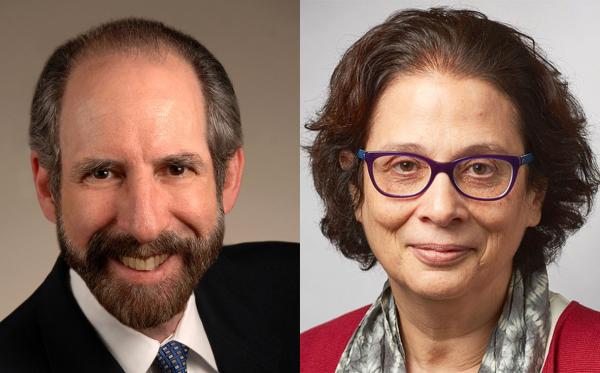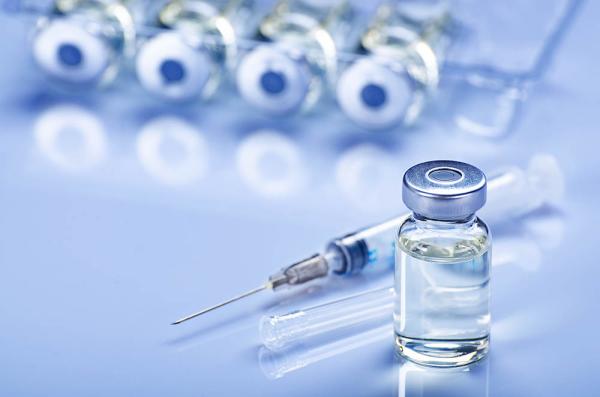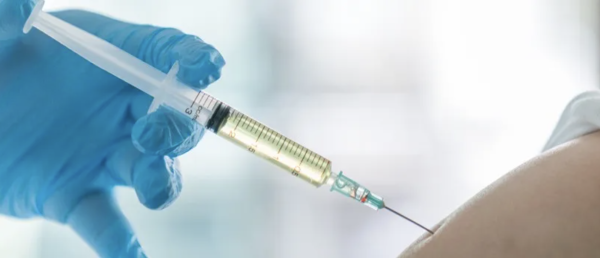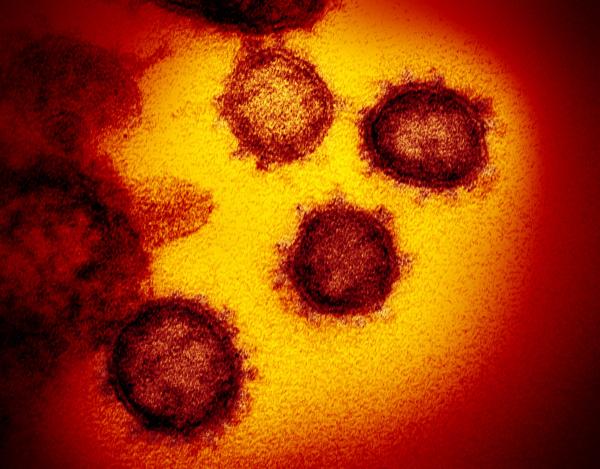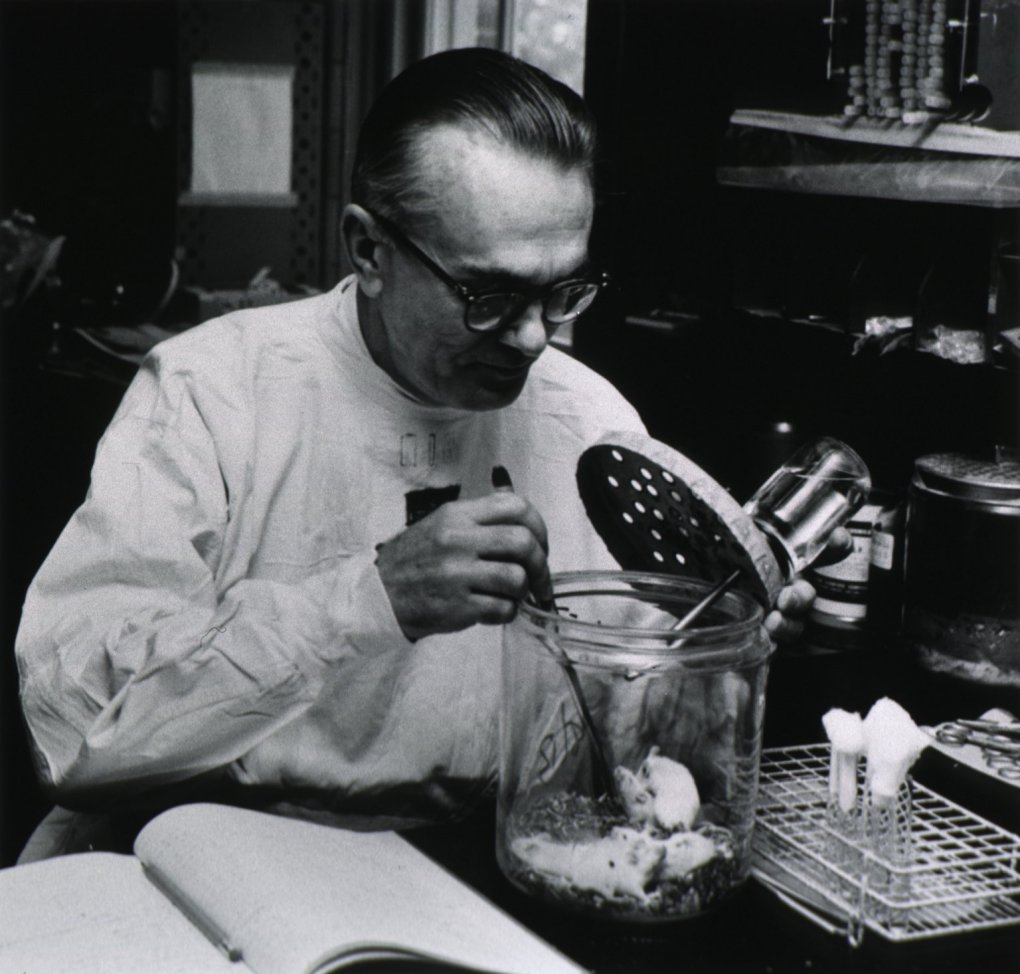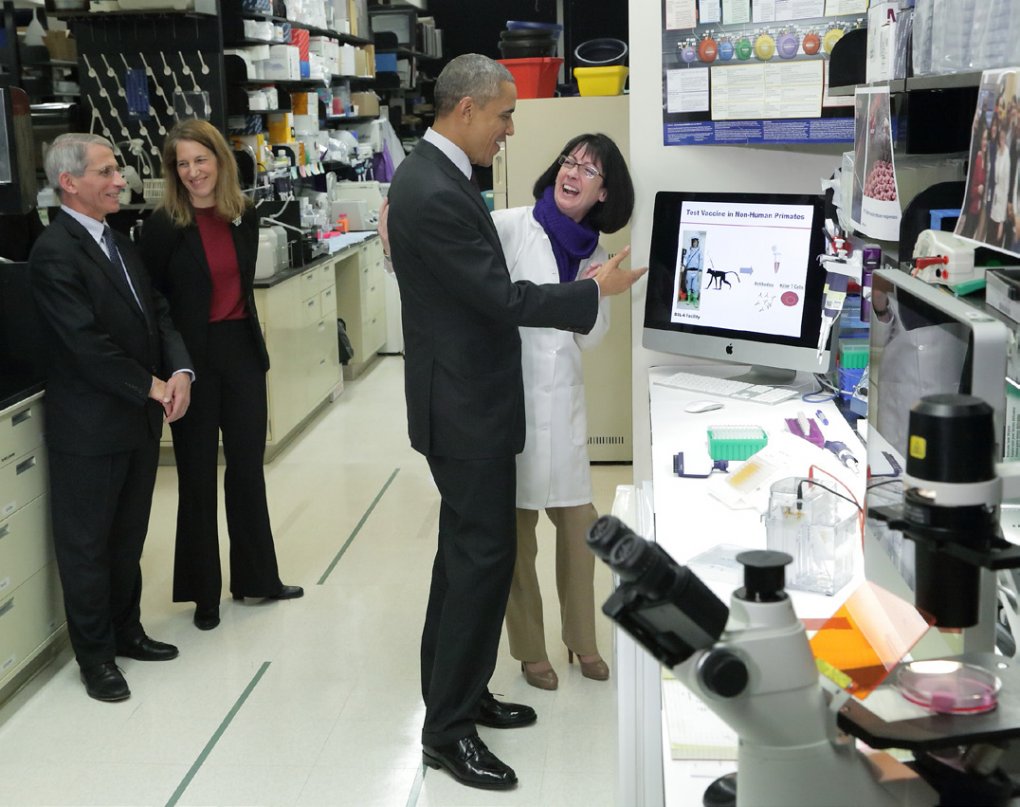Sandra Wolin and Ronald Germain Elected to American Academy of Arts and Sciences
IRP Scientists Recognized for RNA Revelations and Immune System Insights
Since its founding in 1780, the American Academy of Arts & Sciences has honored excellence in fields ranging from the humanities and arts to math, biology, and physics. In 2023, two of IRP’s eminent researchers joined the ranks of such luminaries as Benjamin Franklin and Nobel Prize winner Barbara McClintock as members of the Academy for their work in immunology and RNA science.

